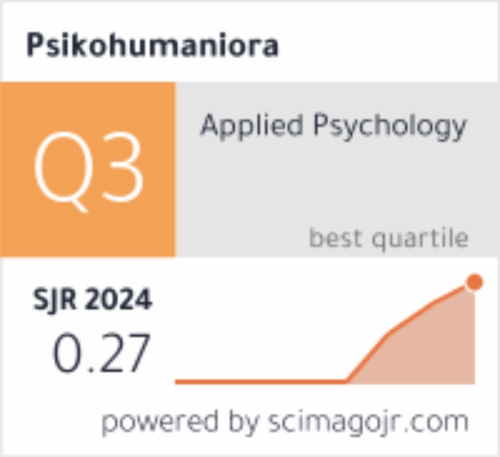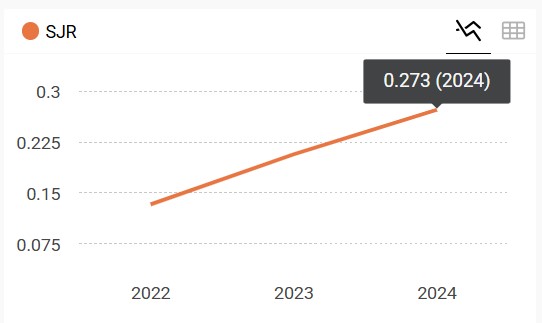Understanding the pathway from cyberbullying to suicidal ideation: Depression as a mediating factor
DOI:
https://doi.org/10.21580/pjpp.v9i2.23357Abstract
Cyberbullying and suicidal ideation are ongoing social issues in Indonesia. The purpose of this study is to investigate the influence between cyberbullying and suicide ideation, as well as the role of depression as a mediator variable. A quantitative research approach was used, and 454 adolescents in Indonesia aged between 18 to 25 years old (mean age = 19.3) were recruited through a purposive sampling by completing a questionnaire consisting of the Cyberbullying Survey (CBS), Beck Depression Inventory (BDI II), General Help Seeking Questionnaire (GHSQ), and Beck Scale for Suicide Ideation (BSSI). The Jamovi 2.5.3.0 software analyzed data through descriptive statistics, regression analysis, and mediator analysis. The findings of the study showed that there was a significant effect on the role of depression as a mediator in the relationship between cyberbullying and suicidal ideation. Additionally, 384 (84.6%) of the female respondents reported having experienced cyberbullying, compared to only 70 (15.4%) of the male respondents. Depression as a mediator variable has a partially mediated effect. The effective indirect contribution is 59.7%. Other variables account for 40.3% of the results. The findings revealed that depression serves as a significant mediator in the relationship between cyberbullying victimization and suicidal ideation. This study provides critical insights into the role of depression in the context of cyberbullying and offers proactive guidance for preventing the negative mental health impacts of cyberbullying among adolescents.
Downloads
Downloads
Published
How to Cite
Issue
Section
License
Copyright (c) 2024 Psikohumaniora: Jurnal Penelitian Psikologi

This work is licensed under a Creative Commons Attribution-NonCommercial-ShareAlike 4.0 International License.
The copyright of the accepted article shall be assigned to the publisher of the journal. The intended copyright includes the right to publish the article in various forms (including reprints). The journal maintains the publishing rights to published articles.
In line with the license, authors and any users (readers and other researchers) are allowed to share and adapt the material only for non-commercial purposes. In addition, the material must be given appropriate credit, provided with a link to the license, and indicated if changes were made. If authors remix, transform, or build upon the material, authors must distribute their contributions under the same license as the original.



